Top 5 Benefits Of Using Metal Hay Barns For Your Farm
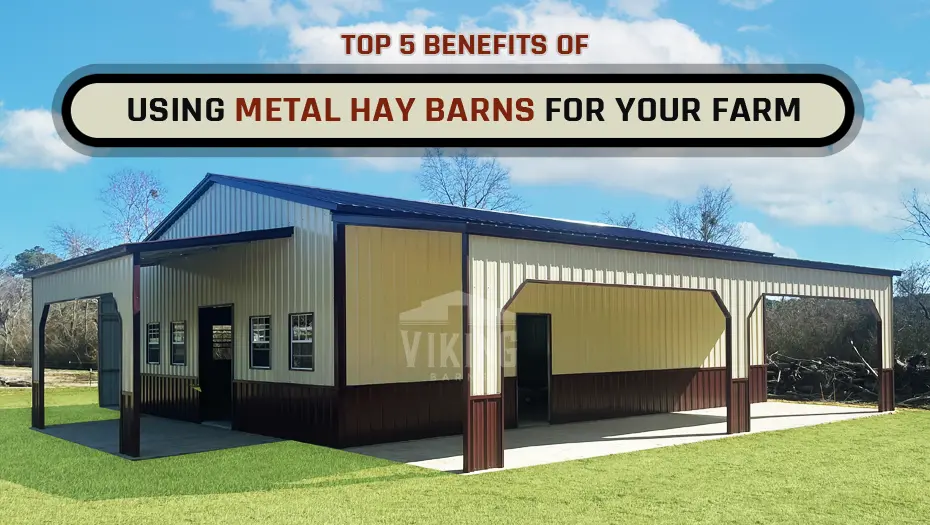
Over 60 million acres of forage crops are harvested for hay annually in the United States. It produces over 150 million tons of hay, costing about 12 billion dollars. Still, the total value of hay lost exceeds 3 billion dollars yearly. Some common reasons for hay spoilage are:
- Mold & bacteria that feed on hay’s nutrients
- Moisture, which aids in molding
- Temperature and humidity built up inside hay bales
- Insects like armyworms & grasshoppers that feed on hay
- Low quality/ inadequate covering, which traps moisture
Storing them in the open isn’t a great solution as it reduces the quality and affects nutrient value & farmers’ revenue. So, how does a metal hay barn help?
Storing hay on the ground with no cover leads to 37% loss, storing on the ground with cover leads to a loss of 29%, while storing in a barn leads to a loss of 6% only. Thus, a sturdy and reliable hay storage barn can increase a farmer’s profit.
5 Farm Benefits From Metal Hay Barn
1. It Offers Better Hay Quality & Less Spoilage
A metal barn for hay storage helps retain bales’ quality and nutrient value. Less spoiled hay means farm owners can get a higher value of hay & feed in the market. Since metal is an inorganic material, there is no chance of termites feeding and nesting.
A steel storage barn’s panels are dense and strong enough not to be chewed by rodents or predators. So, farmers & ranchers can store hay bales along with livestock easily.
To avoid hay-feeding losses, consider having square bales stored in a rack. A 42’x36’x15’ step down barn can store about 1000-1100 square hay bales of size 2’x2’x4’, assuming optimal use of space.
2. Steel Hay Storage Has High Durability & Longevity
Steel barn buildings are highly durable and can be certified to withstand strong winds of up to 180 miles per hour and heavy snow loads of up to 80 lbs. per sq. ft. A metal frame or panels don’t absorb rainwater & moisture from the air, reducing the chances of rot, decay, warping, twisting, and developing cracks.
We provide 12 gauge steel frames and 26 gauge metal panels that can sustain heavy loads and hail storms. You can choose a vertical roof barn for less frequent cleaning and long-lasting durability. With little upkeep and care, a metal farm building can last for decades to come.
3. It Enhances Efficiency & Save Labor Costs
Is there ever enough barn storage space in a hay day? With a steel farm barn, you don’t need to worry about storage space as steel posts take up less space, and metal barn comes with a clear span design that enhances efficiency. An insulated steel farm building helps save energy bills and get tax credits.
A common question asked about steel hay barn is how much it will cost & time to get it installed. Generally, a metal farm barn costs between $15 and $40 per sq. ft. compared to a wooden barn, which can cost $20 to $90+ per sq. ft.
The final price will vary with location, local building rules, and customizations. But, when it comes to installation, a steel building takes nearly half the time that a wooden barn would take to be constructed.
4. Metal Barn Offers Better Pest Control
Wood is susceptible to termite infestation and pests seeking shelter during adverse weather conditions. Mold spores can get deep into wooden panels & posts, thus requiring deep cleaning. Metal barns, meanwhile, don’t harbor termite colonies nor need regular deep cleaning.
You can simply schedule a regular inspection routine for touchups and clean it with mild soap, warm water, and a garden hose with a nozzle attachment.
5. Steel Hay Barn Increases Fire Safety
Hay bales catch fire easily. In fact, bales with higher moisture content are particularly prone to catching fire. So, storing them in a damp area with poor ventilation can increase fire risk. To remedy this situation, you can opt for ventilation & insulation for the metal barn. Unlike wood, metals are non-combustible by nature and don’t readily start burning during a fire.
Comparing Metal Hay Storage With Wooden Hay Barn
Most farm owners are switching to metal barn buildings as they provide superior protection, require less maintenance, and are ideal for rough & tough farm conditions. The advantages of metal farm barns over wooden barns are as follows:
- Dense & non-porous material
- 25x more strength to weight than wood with a high load-bearing capacity
- 100% galvanized steel are rust resistant
- Pests proof and all weatherproof
- Noncombustible and engineer-certified
- Being lightweight reduces foundation cost
- Option for clear span design
- Fully customizable & sustainable structure
Some Hay Storage Barn Designs
Seneca | Continuous Roof Barn
A Seneca barn has a single and continuous roof slope, offering better drainage. You can choose regular, horizontal [boxed eave/ A frame], or vertical roofing style as per location, size of your barn, and budget.
Carolina | Monitor | Step Down | Raised Center Aisle Barn
For a more traditional look, you can opt for Carolina barns with two roof slopes. The central unit is raised above the two side lean-tos, which provides better ventilation and natural light. You can choose a horizontal or vertical roof style depending on local climatic conditions and budget.
Clear Span Design Metal Barn
For unobstructed interior space and a large floor plan, you can choose a clear span barn. It has no internal supporting columns or walls that eat up the space. It provides maximum usable space out of a given square footage.
Tips To Reduce Hay Loss For Farmers
- Ensure your hay bales are densely packed.
- Use net warp to secure them.
- Store bales on well-drained ground like a concrete pad.
- Always store bales in rows facing end to end.
- Ensure your steel hay barn is well-ventilated and dry.
- Ensure the rows are at least 10 ft. apart.
- For long term storage, you can cover them.
Follow these hacks and tips, and have a happy hay day!
Store Hay Safely & Easily With Our Metal Barns
As you can see, storing hay bales or haylage in a secured, dry, and covered space increases the chances of profitability and retains the nutrient value of the feed. Thus, investing in a multi-purpose steel hay barn is ideal for any farm or ranch. To get a free quote on your unique design, call us at (704) 579-6966 today!
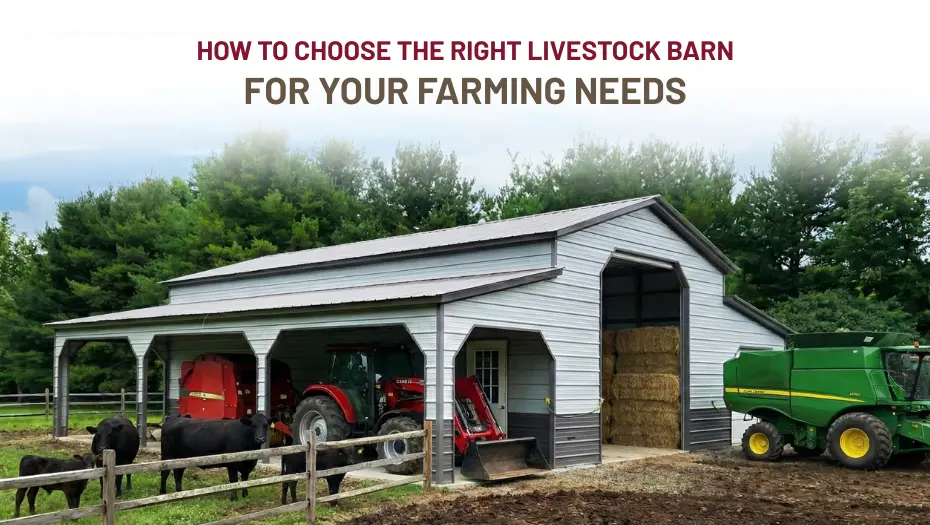

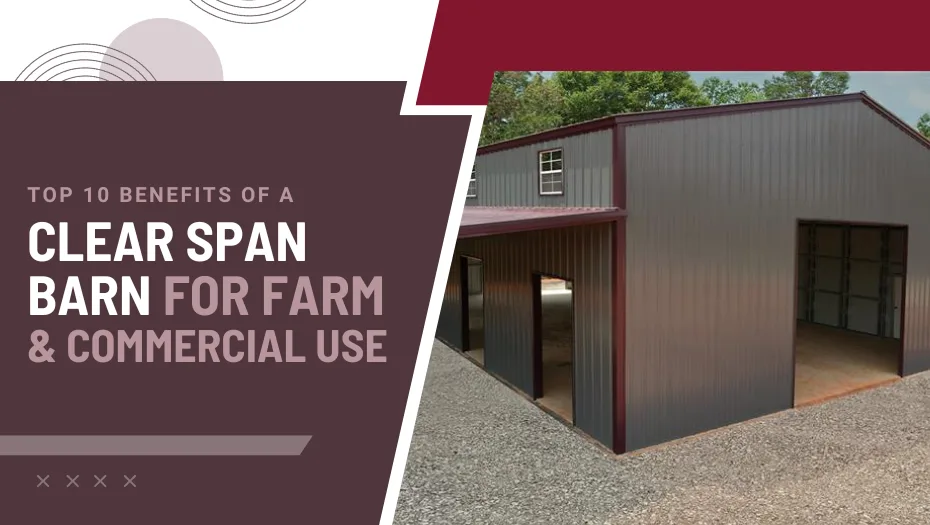
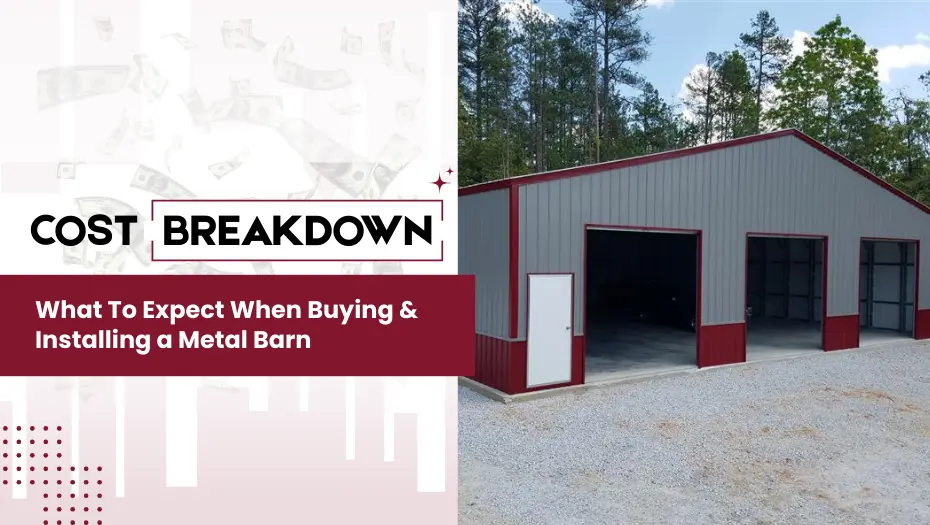
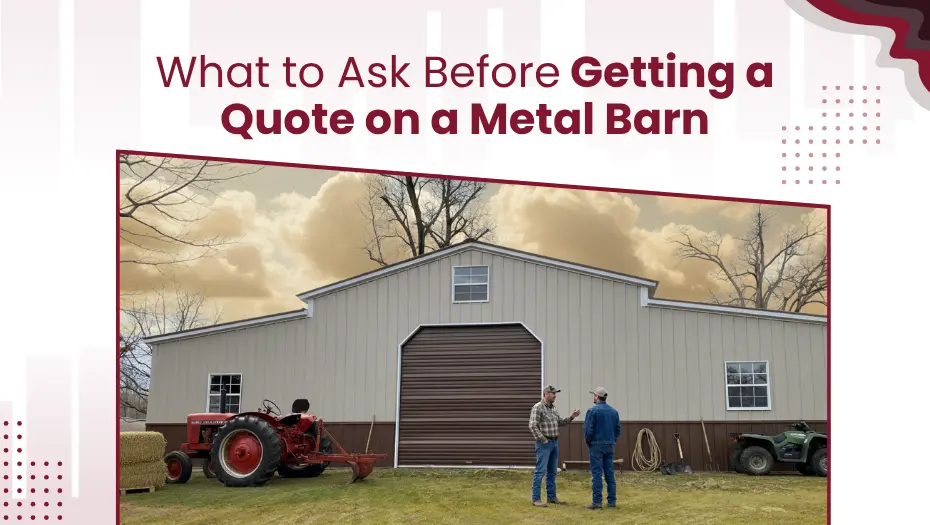
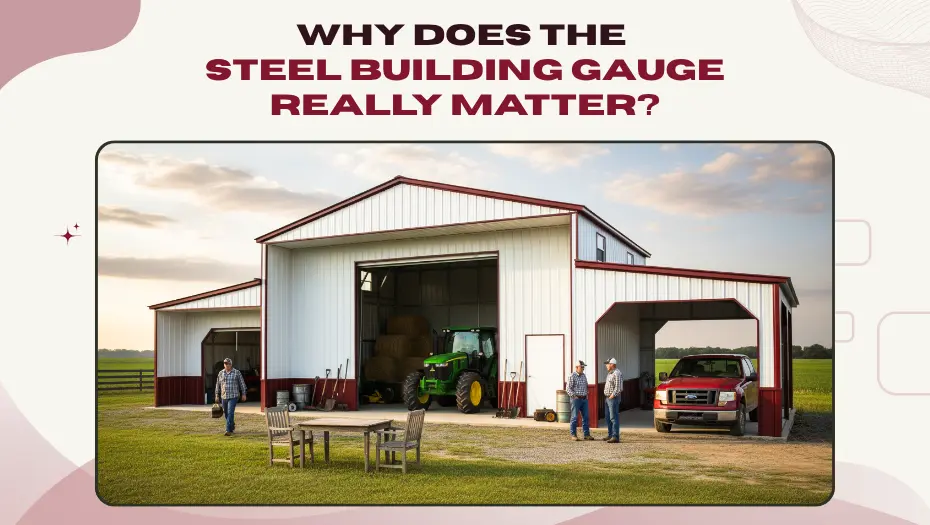
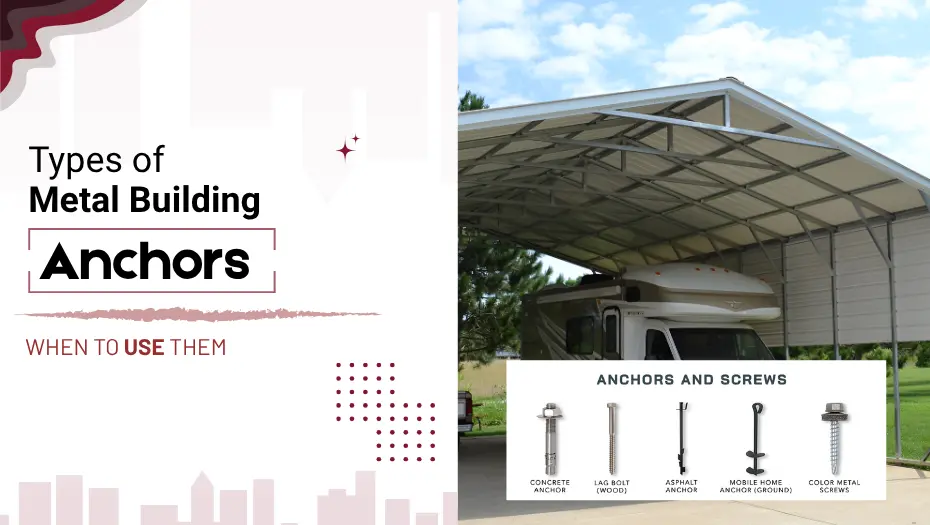
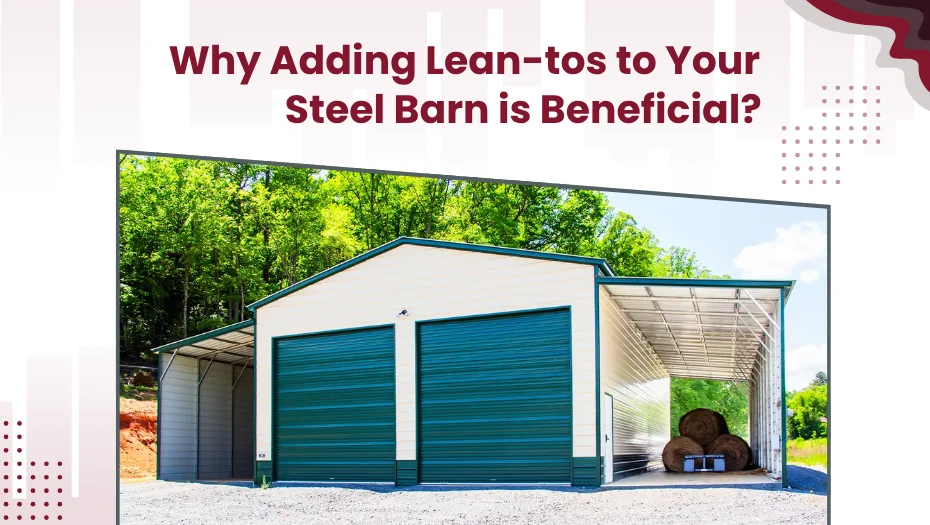
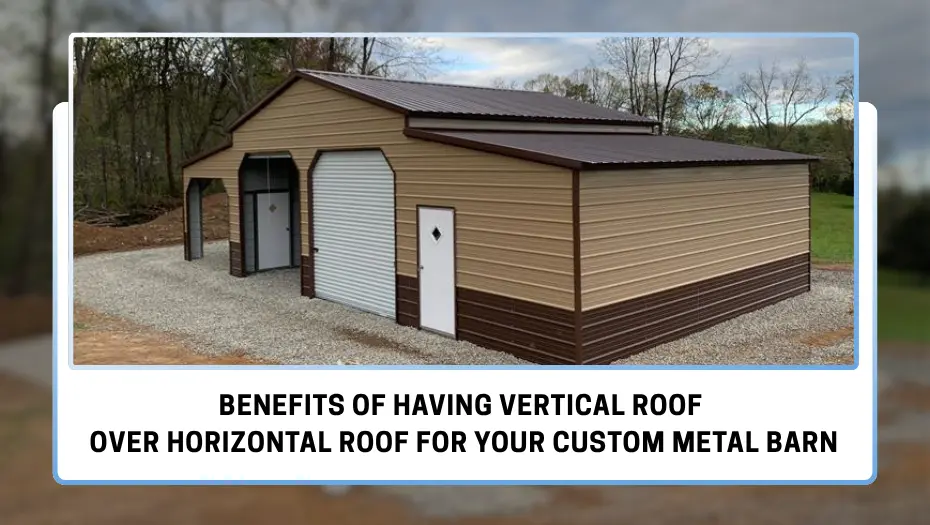
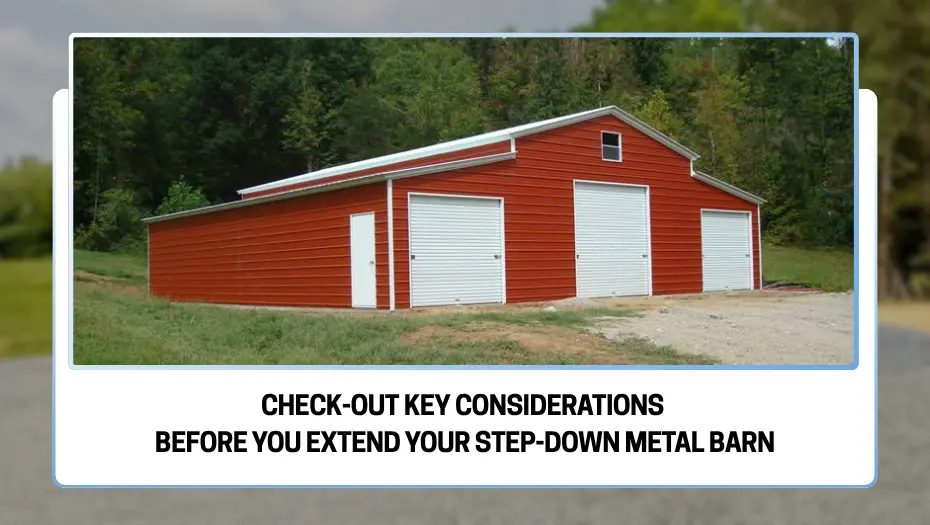
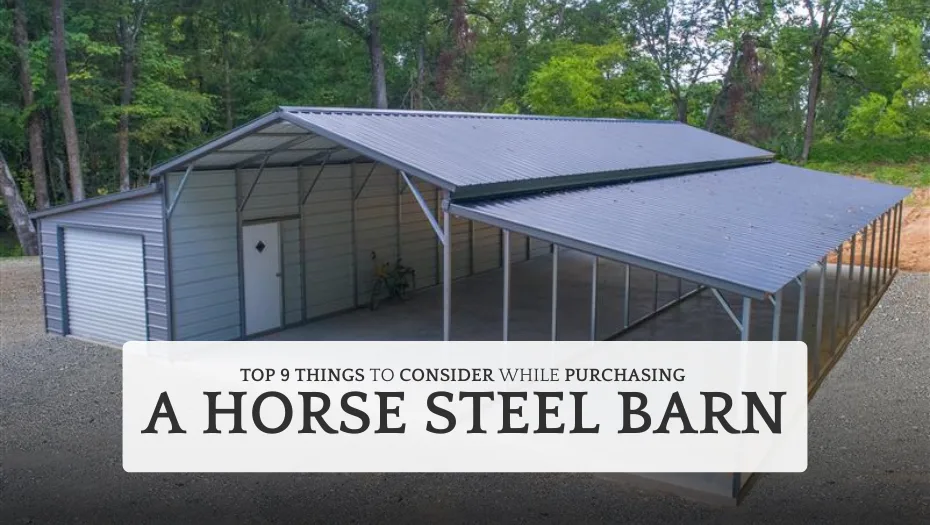


 Alabama AL
Alabama AL

 American Steel Carports Inc.
American Steel Carports Inc.